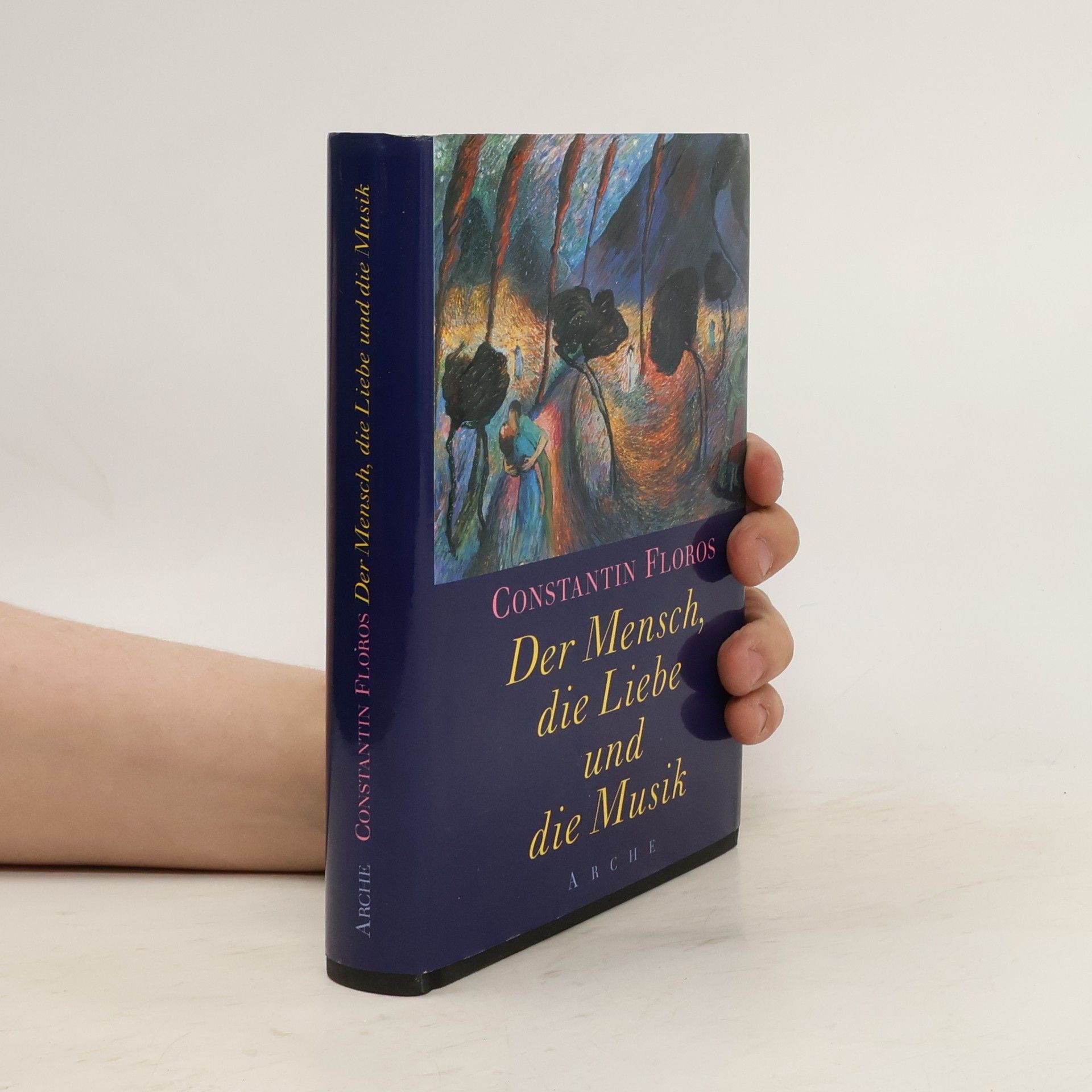Listening and understanding
- 254 pages
- 9 hours of reading
To grasp music in its depth dimension is an art that can be learned and perfected. Categories of formal analysis here play a subordinate role – at least as important it is to be consciously aware of timbres, dynamic processes, musical characters and expressions. Following general reflections about the art of listening, the volume in hand presents exemplary work analyses. The roster of composers introduced extends from Mozart to Bernstein, that of the genres discussed from the piano piece to the opera. A detailed register and a survey of the chief works referred to make this book an indispensable companion for both scholars and laymen. About the German edition of this book: «In Floros’ book all these details unite to form a magnificent mosaic. Individual works discussed meet us in an entirely new light, and we begin to decipher the language of music with a different set of tools.» (Helmut Peters)







